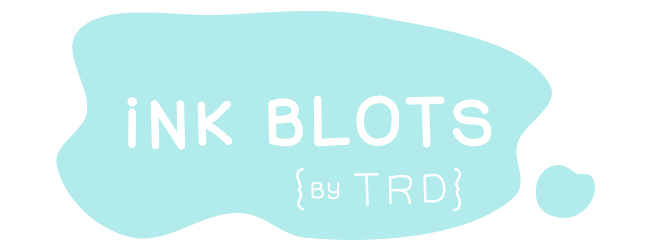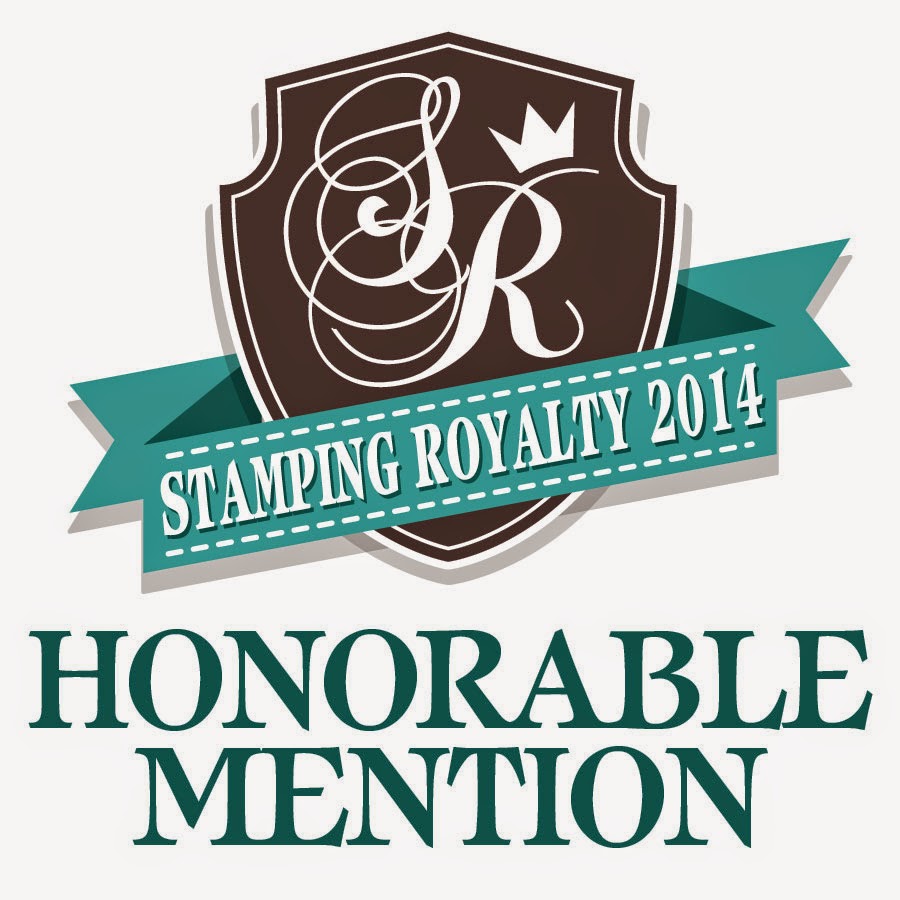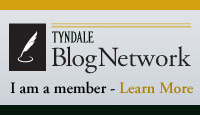So do I.
I am not sure the words "typical" and "homeschool" even belong in a sentence together. There are probably as many different ways to accomplish your homeschooling as there are children in homeschooling families. And then some. And even when a family does get in the groove, their days are still probably all slightly (or majorly) different from each other.
What I can tell you in this post is what works (or what hasn't worked) for us. It is one of many various opinions and ideas floating out on the internet...but I am happy to share, because some of it may be helpful to you and your family.
As I mentioned in my first post, I had many ideas when I started researching homeschooling, and many of those are now just a memory. I still have a lot of ideas...things that may or may not make it into our family's version of homeschooling. We shall see.
I think it may be easiest to work my way through this post if I just start at the beginning...
(And at this point, it is easiest to talk both about our scheduling and the curriculum we use. I hope you've got time, because this is going to be a long one.)
Remember that 12-year plan I mentioned? Here is the basic breakdown of what I had planned to use with our kids:
For History, Art, Writing, Bible, Church History, and Geography: Tapestry of Grace
For Music: Rod & Staff
For Grammar: Growing With Grammar
For Spelling: Apples & Apples 2
For Vocabulary: Vocabulary from Classical Roots
For Reading: Pathway Readers & Workbooks
For Logic (in 7th grade and above): Fallacy Detective and Thinking Toolbox
For Math: Singapore Math
For Science: Singapore Science (for K-1) & Apologia Science
We were going to spend no more than $1318 in any one year (for three kids, I didn't think that was so bad as a combined total), with an average of $915 per year. All together, we were going to be able to homeschool our three kids - all the way from kindergarten through high school - for $11,017.15. (Yes, that 15 cents is important.)
For the most part, we started off with that plan.
We broke up our subjects and spread them across the days of the week and went to work on our schooling.
But as of right now...we don't have plans to use any of that original plan (except the Fallacy Detective and Thinking Toolbox...those are still on the horizon).
I have had a lot of people ask me specifically about what I think about Tapestry of Grace (ToG), so I am going to say a little bit about that here:
I was using Tapestry of Grace because I thought it would save a lot of time with how much they combine, but when I got it they still offer so many options that I had to sit down and figure out what portions we would do and what we would leave out (they tell you right off the bat it is too much to do it all), but by the time I was doing that I would get burnt out in wanting to do it because I had to figure things out each week. (Which is what I thought I was paying hundreds of dollars for with their curriculum.) What I do like about Tapestry is the books they use. Since a big thing for me is doing history chronologically (which is what ToG does) so that was a big draw for me...but it turns out I can just look at what books they would use for a certain learning level/time period and buy the books.
I've now gone a much cheaper route and we are using the Mystery of History book as our base history - and if we want to read extra books, we get the ones off our bookshelf (or from the library or from a bookstore or an online retailer) that go with that time period/country that we are reading about. The Mystery of History was a pretty affordable book (around $20) and it has activities for three different age ranges after each of the sections we read, so we can use it again as the kids get older.
I know a lot of people also use the Story of the World (SotW) as their base history text, so if you are interested in doing something similar history-wise then I'd suggest you check out that one, too.
Right now we also combine science...and honestly we don't use a curriculum. What I ended up doing is taking the basic 'timeline' of the Apologia science (just to give us something to go by). I liked that they went in order of the days of creation, so I just ordered some books about the universe, planets, sun/stars, air, light, etc. to start and we will move into plants/animals/humans as we go along.
For math, I am not sure I am the one you would want to follow, but we haven't been using just one curriculum at a time.
In the earlier years I had done Singapore Math, but the kids got bored so easily with doing the same book over and over (and so did I), that I decided to mix things up.
So now...we do a random mix of things. We have the Life of Fred books that the kids go through. In addition to Life of Fred, the kids each have an additional math book that they work through. Some days I may also print the kids off a worksheet (from MathFactCafe.com). They also do wrap-ups every day to keep the basics solidly in mind. Generally, I've found that my kids complained the most when they had to write out all the problems and answers, so I tried to avoid it as much as possible. Not that they should be able to complain and get out of something, but I mainly wanted the math basics to be in their brain solidly, so I don't mind taking a break here and there on the paperwork as long as the facts are sinking in.
So, that is the short version which brings us up to today where we are using:
For History, Bible, Church History, and Geography: Mystery of History and various additional books
Also for Geography: Maps, Charts, Graphs, & Diagrams and maps on the walls of our home
For Grammar, Spelling, Vocabulary, and Writing: Language Smarts and/or Language Mechanic
Also for Writing: Cursive Handwriting (Power Practice), Complete Writing Lesson for the Middle Grades, and various writing activites
Also for Vocabulary: Word Roots
For Reading: Reading Detective and all the books we can get our hands on
For Logic: Building Thinking Skills and Mind Benders
For Math: Life of Fred, Mathematical Reasoning and/or 180 Days of Math, Wrap-Ups, and life experiences
For Science: Various books and explorations
For Art: Paper, pencils, paint, tape, scissors, play foam, stamps, ink, yarn, twine, various art books, and whatever else we feel like. :o)
You can see from the list that we don't always stick to just one curriculum per subject and we enjoy using a variety of resources. I do have a schedule for each child which breaks the day down into 30 minute increments (with one task per time slot). (This is kind of my version of a very simplified take on the workbox method. Very simplified.) It has helped us stay on track, but even with a schedule we still leave room for adjustment (and even a little bit of fun!). I am not sure if we will stick with our current schedules or if we will find something new...but either way, we will just roll with it.
In my next post about homeschooling, I plan to address a few ways that you can "mix it up" - one of the many perks of homeschooling.
Stay tuned!
 Disclaimer: Any information and links provided are my personal preference or suggestions. In no way is any of this meant to be taken as (or in place of) legal advice.
Disclaimer: Any information and links provided are my personal preference or suggestions. In no way is any of this meant to be taken as (or in place of) legal advice.










1 comment:
:) Yay homeschooling!! I am now homeschooling all four of my kids and, for the most part, love it!
Reading: if you want to add more books -- check out Veritas Press website. However, know they get really deep at a very young age. Fahrenheit 451 is on my 6th grader's reading list?! Um...no!! She's not old enough to grasp the depths of that book. There has definitely been some tweaking going on at this point in my house. :)
Post a Comment